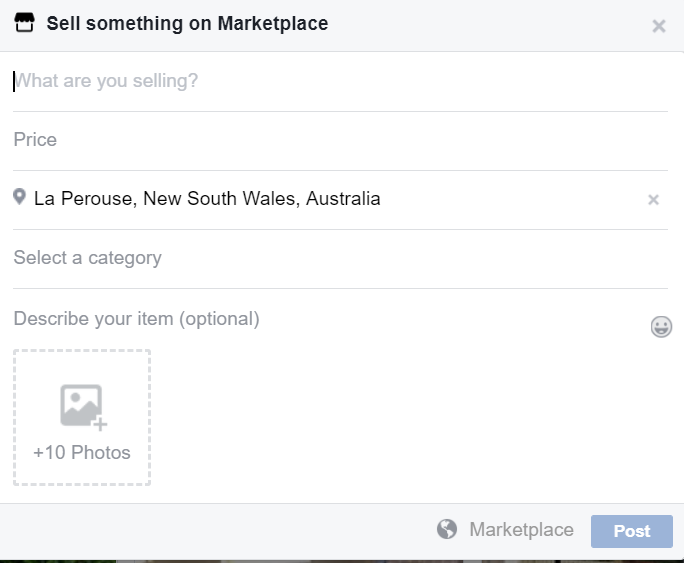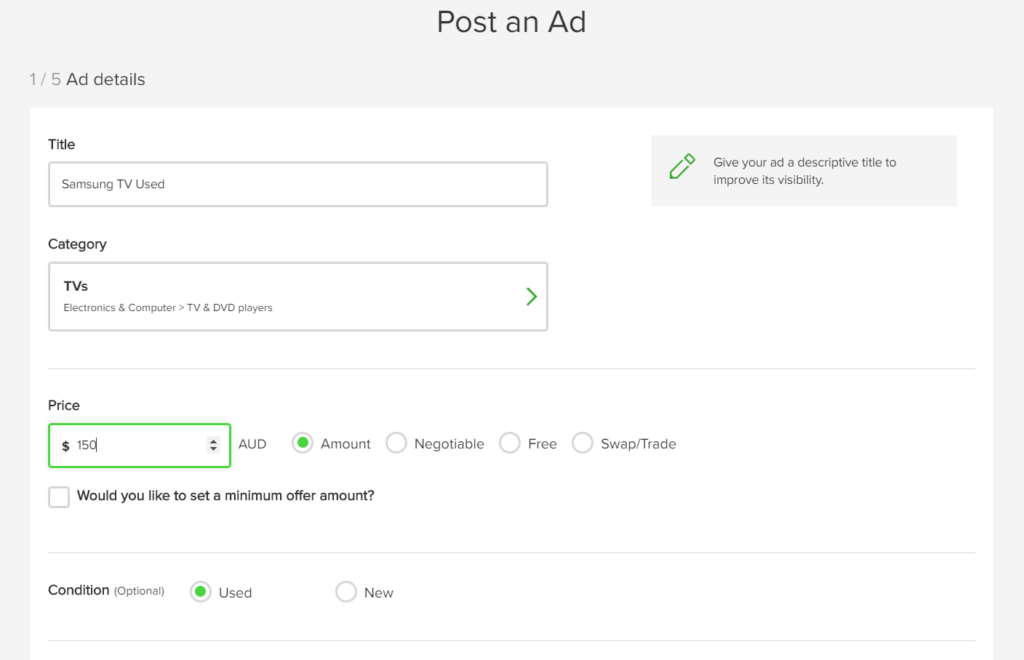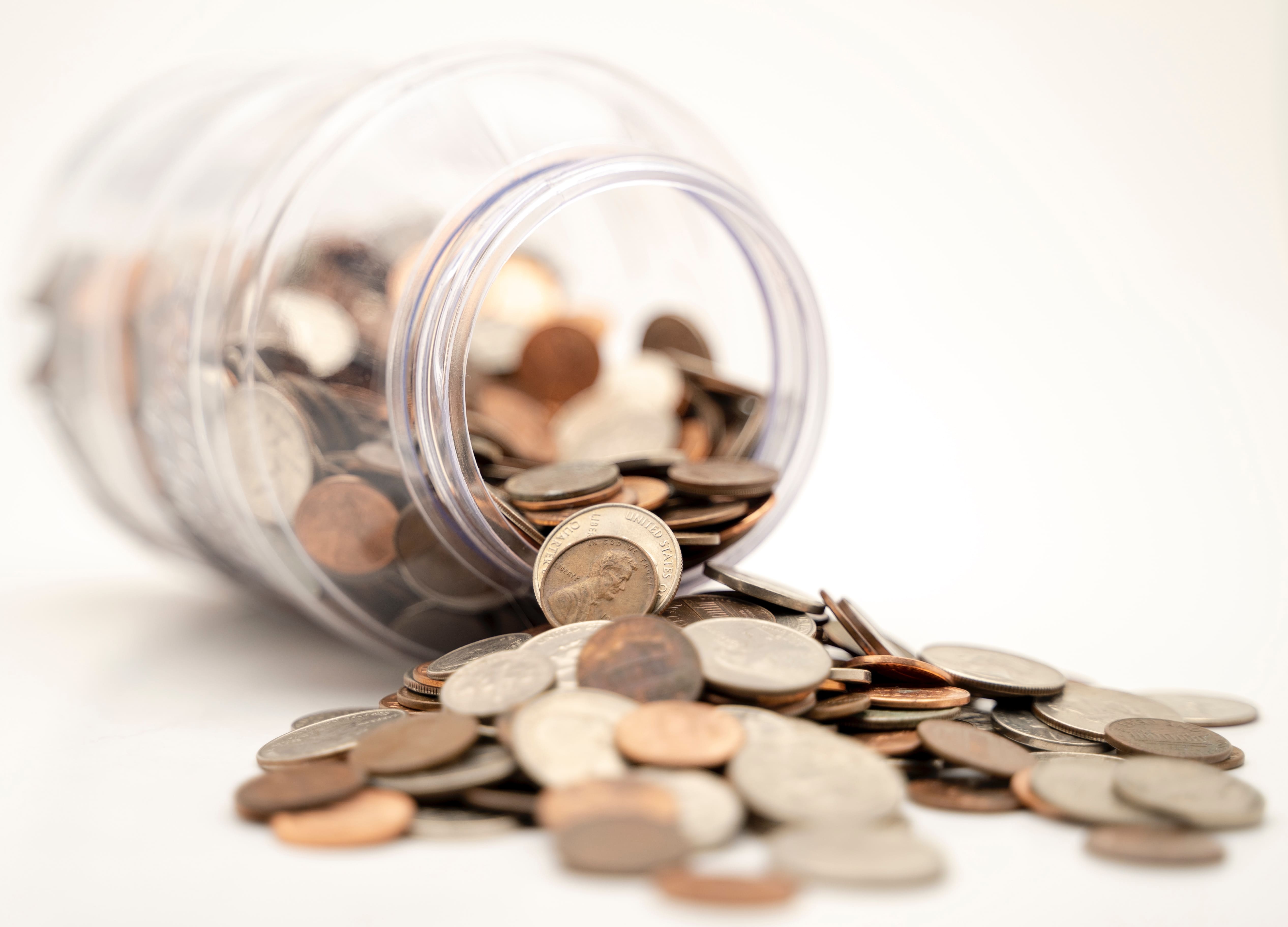Every year I try and think back to all the ways I tried to save money over the last twelve months I think it’s always nice to have a record and it a great way to pay yourself on the back for a year for all your hard work to save money over the year.
I also love that every dollar we save each year, and each new habit we adopt compounds over the years to help us save even more in the future.
Here are 17 Ways I Saved Money in 2023. I hope they help inspire you with some ways for you to save more money in the coming year!
Disclaimer: None of the suggestions below are sponsored products, they are all just my own genuine attempts to save money that I am sharing in the hope they will help inspire you with some ways to save money as well.
17 Ways I Saved Money in 2023
- Utilised food apps or memberships to save on dining out
Eating out is getting ever so expensive and it is something we like to do so this year we tried to find ways we could save whilst still getting to occasionally skip cooking. Some things we tried were signing up for discounts such as to Rashay’s for a discount on our total bill, Or signing up to get a free dessert, and using KFC and the My Maccas apps to save on food. This meant rather than paying full price for meals we could get a discount or find cheaper meal options to save money.
- Joined Cinema memberships to save on movie ticket prices.
It now costs about $25pp to see a movie in Sydney which imo is getting just too expensive. This year to help us save on cinema tickets we paid $15 to join Hoyts rewards VIP program which saves us 25% on tickets for the whole year and let’s us gain access to reward points that can get get us a free movie ticket and offers discounts on food and movie of the week for $10 a ticket. We’re also a lot more selective on what movies we go out to the cinema to see.
- Used fuel apps
To save money on fuel which is a huge chunk of most of our budgets, I utilised my State’s fuel app which tracks the price of service stations around my State. It helps me plan out where to get petrol. With the app I was aware of the petrol price cycle which is currently ranging from highs of $2.20 to lows of $1.70 on any given day. By checking the app before fueling up for both our cars this helped us save up to $0.50/litre on both cars which is no small savings.
- I started paying more attention to reward discount offers
This year I made more of an effort to take advantage of rewards discounts and offers I was being offered such as from my utility provider, private health insurance and NRMA roadside membership.
My private health insurance offers many discounts on gift cards from 3-10% so now before buying things I check my list of discounts to see if I can get a small discount before buying them. I recently discovered that with NRMA I can save 20% on parking which will help save some more $$.
- We cooked at home more
I don’t think this is a new one for any of us, but in 2023 my husband and I really made an effort to cook at home to save money and experimented with new recipes. We found ways to have more expensive meals we’d normally buy out at home without the high cost.
We tried Hot Pot for the first time in Jan 2023 and loved it but knew dropping $120 on Hot Pot was going to be a very expensive habit. So we found a way to have Hot Pot at home using our One Pot which only costs us about $40 rather than 3 x that to dine out.
Some other meals we have learned to do at home are Beef Brisket, a range of Japanese dishes including Okonomiyaki and Katsudon, Pork Knuckle or Indian curries. To dine out for many of these would cost us $60 and upwards but to have them at home works out much cheaper for us and we still get to eat the food we love.
- We started brewing our own beer
This is a really new one, but friends of ours started brewing their own beer at home this year. When they mentioned after a small initial outlay, the cost was only $1 per bottle of beer I was for the idea.
My husband bought a home brew kit with a gift card he won at work and is awaiting his first batch in the coming weeks. We are yet to see if these first batches of home brews can live up to his beer ratings. Some of his favourite beers are priced at $18 a can, so fingers crossed this could be a good saving!
- We changed our dining out habits
With the cost of living crisis and the very high cost of living in my hometown Sydney, dining out is becoming more of a luxury than ever. We used to love dining out on the weekend but with the cost, it’s now getting harder to justify that expense. I felt like everytime I went out to a cafe or restaurant, I was just outraged by the cost of everything and it wasn’t so enjoyable, at least not on a regular basis. Especially now that we are semi-chefs hehe. (See #5 ;))
Now when we want to eat out for dinner, we usually just get take out rather than dining in, this way we can save money on things like drinks (which are now $5+ for a soft drink), and can cook our own rice rather than paying $8-10.
We’ve also done our best to find new restaurants that are more affordable for us to dine in and left the more expensive ones for more special occasions.
We also reduced what we order when we go out. In the past we would have shared an entree and ordered two mains, but now sometimes we just order two mains and skip the entree or just order one main to share.
- I became more of a bargain hunter
I’ve always been someone who tries to find the best deals, but felt like I could do better and keep more of my money in my pocket.
Recently I found myself about to pay full price for some new beach towels. These were $70 beach towels so not some cheap towels from Kmart. Instead of paying full price I put the towels back on the table at the store and set myself weekly reminders to look out for a sale. Within two weeks I was able to get the towels I wanted for 40% off and didn’t have to wait much longer at all.
I’ve now implemented this habit for things I want to buy to help me get the best deal and go that extra step to make sure I really want to buy something before I hand over our hard earned cash.
I’ve done the same for more pricier groceries where if I could hold off on getting them, I just waited a week or two until they were on special again before I bought them.
- I shopped around for my mobile plan
Each year I review my mobile plan about twice a year to make sure I am getting the best value on my plan. This year I waited to until Black Friday to buy a sim card that was on special that would that would cost me half the half the price per month then my current mobile plan. This will save us $360 a year between two plans!
It’s an annual plan, which I have never had before but I am keen to give it a go, and it I don’t like it I can always change it next year 🙂
- I started looking into how to propagate fruits and veggies at home
This year we started growing our own fruits and veggies from seeds from items we bought. I’d seen a lot of these seed propagation videos on pinterest that helped inspire me to get started. And the great thing is you don’t really need to spend a cent to do this. We have just been taking seeds from food as we buy them, and using takeaway or butter containers to plant the vegie seeds in.
This is still a new process, and we are yet to set up proper veggie gardens but we are hoping it will save more money in the coming years. As we speak we have attempted strawberries, basil and capsicum and have some thriving chives and spring onions, hopefully with more to come.
- We meal planned more frequently
This year we really tried to find our groove with meal planning and eating out less. We were consistent with our meal planning so we shopped with more intention, wasted less food and saved on our grocery budget and found the more we stuck to our meal plan the easier it got and the more it become a routine. We also got better at making different meals so we could change things up a bit an avoid getting sick of eating the same meals.
Some of our favourite meals this year were katsudon, pulled pork tacos with pineapple salsa, beef brisket burgers with coleslaw and salami napolitana pasta with red capsicum.
- I identified what really brought me joy
This year I honed in more on what really brought me joy. This meant I spent more in some budget areas, like on Entertainment, namely concerts/festivals but cut back in other areas like dining out.
When I saw one of my favourite bands the Foo Fighters play in Sydney recently, watching them play for 2.5 hours I knew my tickets were the best use of my money vs having an average overpriced dinner out.
Whenever I go to a concert it’s something I really enjoy so I will do my best to be more mindful of that next year when I need to decide what’s more important in our budget and prioritise.
- I spent less on takeaway coffees
My husband loves coffee so this was more of a saving on his part. This year he found a coffee he loves from Coles that’s a bit more expensive than the Aldi one he used to buy, but it means he’s more than happy to make coffee at home rather than having it out. With some coffees now $6 or $7 it’s a decent saving of $5 or more per cup of coffee and will go a long way to helping us save.
We ended up buying the coffee straight from the supplier so it is much fresher, albeit a little pricier but still a huge saving.
- I focused on finding free activities when we travelled
This last year we went on numerous weekend trips and on our first trip to Japan.
When we travelled this year we focused on finding free activities to stretch our budget further whilst still having a good break, such as watching the sunrise and sunset, walks on the beach, stargazing and watching movies at our Airbnb.
We ate breakfast at home and grabbed dessert from the supermarket to save on buying expensive restaurant desserts.
- I spent less time at the shops browsing
This year I spent less time going to the shops. It meant I often wasn’t aware of what sales were happening which meant I was less tempted to buy anything I didn’t really need.
Instead of browsing stores on my lunch breaks to pass the time, I’d watch a show or go for a walk. If I did go to the shops I would get what was on my list and leave which helped me be more intentional with my spending and save money. This isn’t too difficult for me, as I don’t particularly enjoy shopping these days but limiting browsing as a hobby certainly makes it less tempting to spend.
- I was more mindful of our electricity use
In July our electricity cost per KWH went up 20% so it was going to add a hefty amount to our bill over the coming Summer. So to try and keep our bills down we checked our electricity app frequently (I set a reminder on my phone to check it at least once a week), we made sure to turn off lights we weren’t using, we used blankets as much as possible in the colder months before turning on the heater, and utilised our fans and windows when it wasn’t hot enough for air conditioning.
When we had to put the heater or aircon on we made sure to adjust the temperature so it was on higher or lower setting to use less power and a lower fan speed and would only turn the ducted on in the rooms we needed to. We are currently looking into getting solar to try and save even more money on power next year.
- I organised my home
Over the last few months, I really made an effort to organise my home more and get more clarity over the things we had in our home.
I wanted to make sure if I had something I needed in the future, that I would be able to easily find it, rather than having to go and buy something and waste money on something I already had at home but couldn’t locate.
I tried to declutter things I didn’t need so that I could store the things that really mattered.
Now I am much more aware of what we own and where it is located, and this will hopefully save me money in the new year.
I would love to know what you did in 2023 to save money. Share yours in the comments!
Photo by Cristian Escobar on Unsplash









